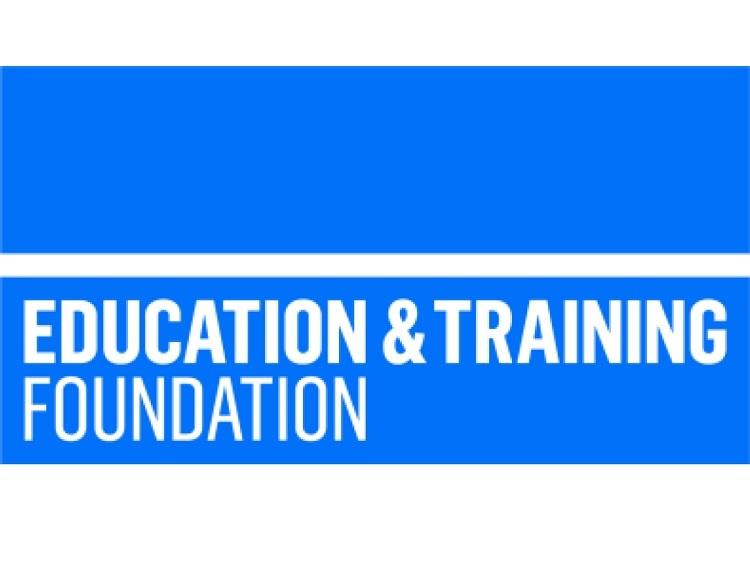Annual report highlights new FE workforce data as part of ETF’s Spring research series

The Education and Training Foundation (ETF) has published its latest annual workforce data report (2016-17).
This is the most robust and independent source of data on the latest trends in demographics, staffing numbers and pay across all provider types in the Further Education (FE) and Training sector.
It is part of the ETF’s Spring series of research which will be followed by the Initial Teacher Education data report and the Training Needs Analysis in April.
The research is conducted through the SIR Data Insights service, which is strengthening in quality year on year.
The workforce data report provides valuable insights and robust data for practitioners, providers, and policy, to support decision-making. This year, information was gathered from 198 providers (compared to 175 last year) who provided returns on 72,104 staff contracts.
As well as FE, sixth form and specialist colleges, the dataset comprises local authorities, independent training providers and the third sector.
In addition, for the first time, the annual workforce data report captures the gender pay gap across all staff and providers, and includes a specific analysis of learning support staff, both of which are vital to understanding, improving and championing the sector’s teaching and training profession.
The key findings include:
• 79% of learning support staff work part-time compared to 49% of all staff. However, the percentage of learning support staff working full-time has increased from 16.6% to 20.5%4.
• The gender pay gap across all staff and providers is in favour of men by 9.7%. As this is an aggregate gap, it does not take into account the job roles and qualifications of individual members of staff. For example, the SIR report in 2014-15 found that most of the difference in pay between genders – particularly for teaching staff – was related to differences in job roles held by men and women.
• Median pay across all staff and providers has increased from £27,500 to £28,500 over the past five years. For colleges, the change in median pay has been similar – from £27,500 to £28,700.
• Most occupations have seen a decline in staff numbers during 2016-17. Only apprentice and learner-facing technical staff numbers have risen (15% and 1% respectively). Senior managers have seen the largest decline (10%).
Charlynne Pullen, Head of Data and Evaluation at the Education and Training Foundation, said:
“This workforce data report is a key part of the ETF’s Spring series of robust and independent research, ensuring that practitioners, providers and policy makers have access to high-quality and reliable data to support their decision-making. The series will continue with the Initial Teacher Education data report and then the Training Needs Analysis which focuses specifically on trends in Continued Professional Development (CPD).
“The number of FE providers submitting responses into the SIR dataset has increased to 198, giving a strong mix of providers across the FE sector. This year, nearly half of all FE colleges completed a return. The data sharing agreement with the Association of Colleges (AoC) and the University and College Union (UCU) has clearly helped to increase the amount of data from colleges in particular, and we hope that this encouraging trend continues.
“We are very pleased this year with the overall increased response to the SIR Data Insights service and can feel confident that this is the most comprehensive source of data available for the FE and Training sector.”












Responses